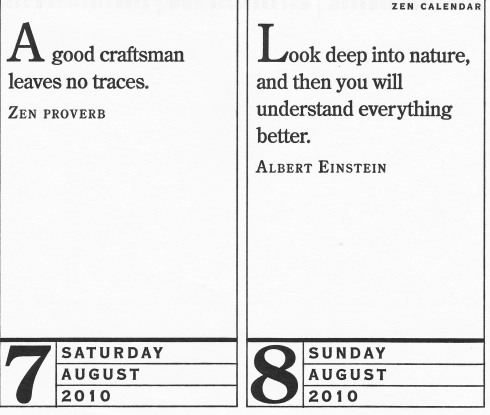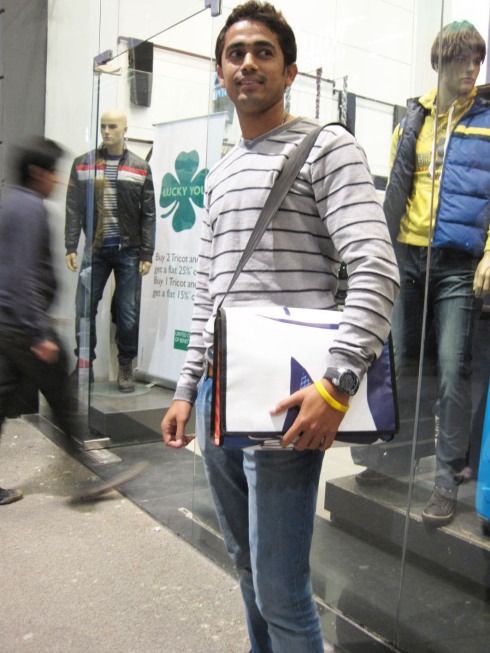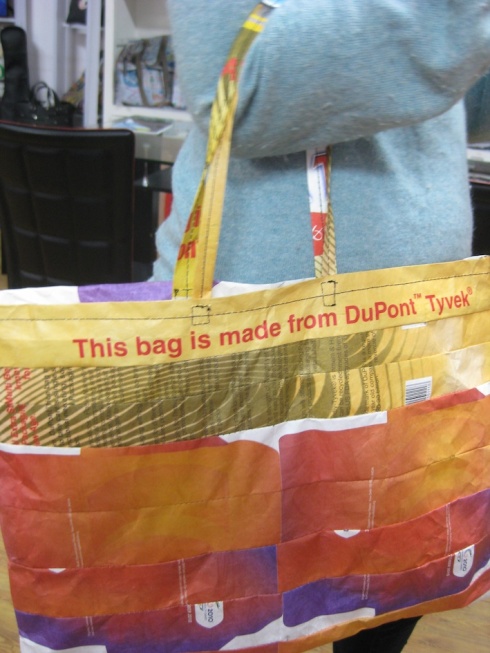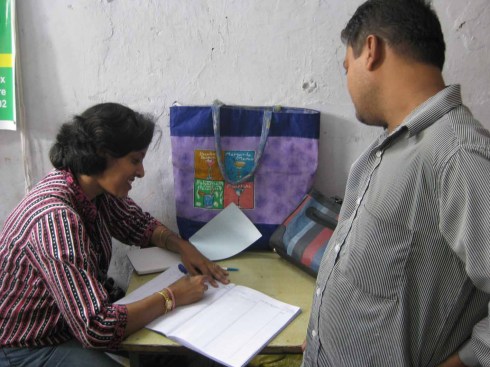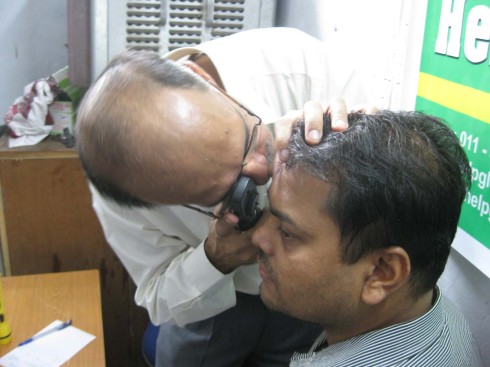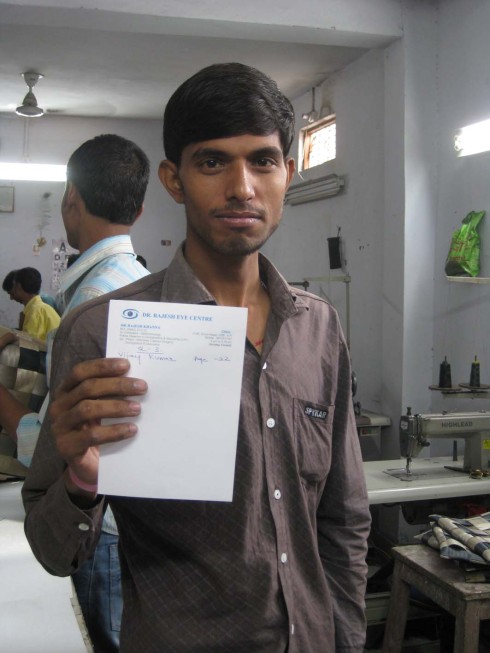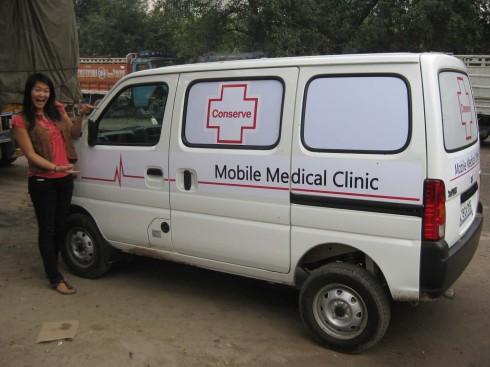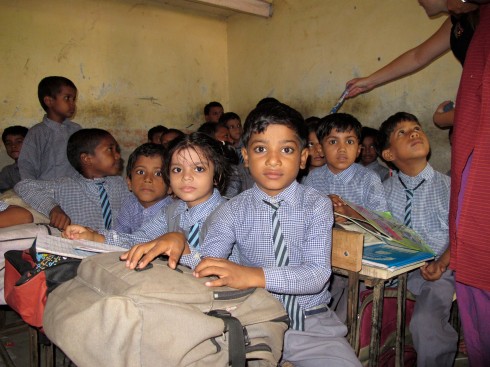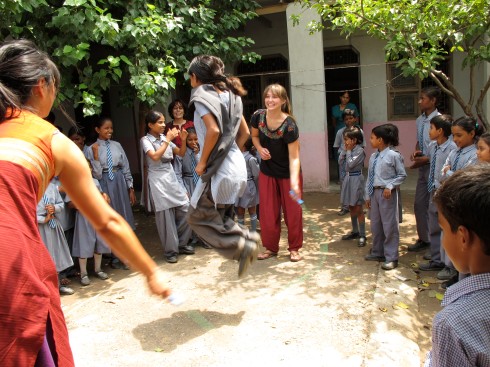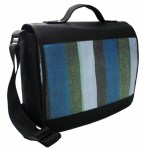On my final day at the Conserve India office key members of the Conserve India team and I undertook a simple project evaluation. Together we reflected on our experiences of the project and made some group decisions on what we felt we’d achieved.
Remember our objectives? How we aimed to:
- create new valuable products out of Commonwealth Games waste – establishing Delhi 2010 as the first Games to upcycle event waste
- enhance Conserve India’s capacity to improve the wellbeing of Delhi’s poorest communities by selling more of their upcycled products
- raise public awareness of waste issues and the benefits of upcycling, particularly at major events.
We used a basic spider diagram as our evaluation and reporting tool. Click on the diagram and read the summary below to see where we ended up in several key areas:
The Delhi 2010 Organising Committee
Establishing a partnership with the Delhi Organising Committee (OC) was one of the more challenging aspects of this project. Although we did find supporters within the OC, who directed us to waste materials, we were unable to secure an ‘official’ partnership. At the highest level this entailed the OC formally and publicly acknowledging a commitment to working with us.
The Games Contractors
We had a lot more success approaching companies contracted by the OC to deliver aspects of the Games. We were offered a variety of waste materials by different contractors. A number of these companies were interested in working with Conserve on upcycling initiatives beyond the Commonwealth Games. The team at Conserve India now have new contacts and industry knowledge, positioning them well to continue working with event waste in India.
Conserve India’s Capacity and the Games Upcycled Products
These two aspects were so interrelated I thought it best to deal with them together. Essentially, the biggest challenge here was time – we simply did not have enough time to fully test samples, lock in buyer interest, modify samples to meet buyer requirements and secure a significant wholesale order.
On top of this, Conserve India was already busy meeting current production demands while transitioning to a entirely new factory. We were happy, however, with having made product samples in what Anita called ‘laying foundation stones’: that is, giving something a go and learning from it for next time.
Liz and Conserve India
This was about recognising that our relationship was fundamental to the project’s success. Again this was constrained by time. In three months we felt as though we’d only just got to know each other.
One of the main things we all learnt from working together, was there could have been more discussion in the months leading up to delivering the project. Although this is tricky where you’re in different countries, for a project to be fully participatory all the key players need to be involved in creating it.
The Awareness Campaign
This was our unqualified success. We all agreed that the media campaign we ran during the Games delivered some great results – including generating unexpected interest from big corporations.
The social media campaign was more of a slow burner, but we did increase followers and generate quality feedback and engagement with our supporters through these channels. The blog, in particular, proved to be a great way of documenting our project story in a far more interactive way than any monitoring or final report could do. We learned a lot here.
If we had to do it all again, the main thing we would have changed is to have someone connecting with the Games much earlier in their planning process. Starting the project only one month before such a mammoth event was cutting it a little fine!
Overall, we were happy with the project as it was. Because what it was, was pretty great.




